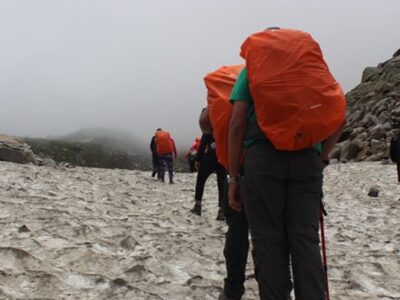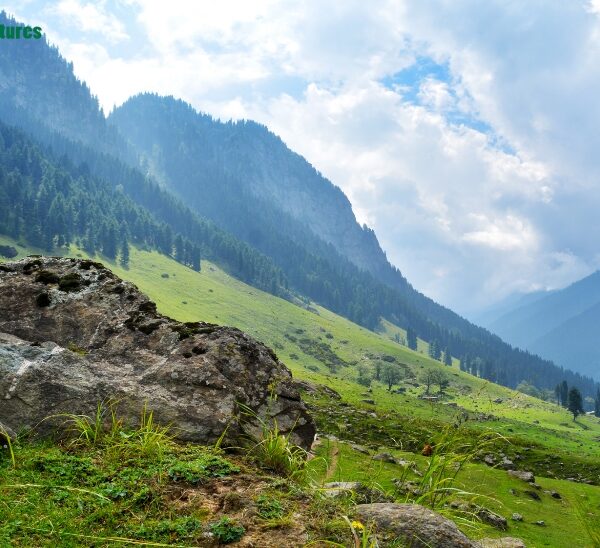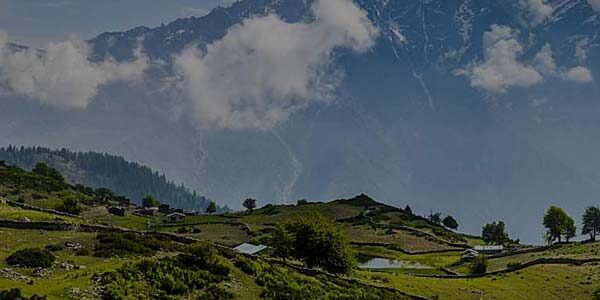
Introduction
The Nag Tibba trek, a hidden gem in the Garhwal Himalayas, is gaining popularity among adventure enthusiasts and nature lovers alike. Standing at an elevation of 9,915 feet (3,022 meters), this trek offers stunning views, diverse landscapes, and a refreshing break from the hustle and bustle of city life. As you prepare for this trek in 2024, there are several essential things to know to ensure a safe, enjoyable, and memorable experience. This comprehensive guide covers everything from planning and packing to understanding the local culture and environmental responsibilities.
1. Best Time to Trek
Nag Tibba is accessible throughout the year, but the best times to trek are during spring (March to April) and autumn (September to November). During these months, the weather is pleasant, and the skies are clear, offering spectacular views of the Himalayan peaks. Winter treks (December to February) are also popular for those seeking the challenge and beauty of snow-covered landscapes. However, monsoon season (July to August) should be avoided due to heavy rainfall and slippery trails.
2. Getting There
The starting point of the Nag Tibba trek is Pantwari village, which is about 85 kilometers from Dehradun. Dehradun is well-connected by air, rail, and road:
- By Air: The nearest airport is Jolly Grant Airport in Dehradun, which has regular flights from major Indian cities.
- By Train: Dehradun railway station is a major hub with direct trains from cities like Delhi, Mumbai, and Kolkata.
- By Road: Buses and taxis are available from Delhi and other nearby cities to Dehradun. From Dehradun, you can hire a taxi to Pantwari.
3. Fitness and Preparation
While the Nag Tibba trek is considered moderate and suitable for beginners, a basic level of fitness is essential. Here’s how you can prepare:
- Cardio Workouts: Engage in regular cardio exercises like jogging, cycling, or swimming to build stamina.
- Strength Training: Focus on leg and core strength exercises to prepare your muscles for the trek.
- Practice Hikes: If possible, go on shorter hikes to get used to walking on uneven terrain and carrying a backpack.
4. Packing Essentials
Packing wisely can make a significant difference in your trekking experience. Here’s a list of must-have items:
- Clothing: Layered clothing is key. Pack thermal wear, quick-dry t-shirts, fleece jackets, a waterproof jacket, and trekking pants. Don’t forget woolen socks, gloves, and a warm hat.
- Footwear: Invest in sturdy, waterproof trekking boots with good grip.
- Backpack: A comfortable, 30-40 liter backpack with rain cover.
- Sleeping Gear: A good quality sleeping bag rated for cold temperatures.
- Trekking Poles: Useful for balance and reducing strain on your knees.
- Other Essentials: Sunglasses, sunscreen, lip balm, water bottles, energy snacks, headlamp, first aid kit, toiletries, and a multi-tool.
5. Understanding the Trek Route
The Nag Tibba trek is usually completed over two days:
- Day 1: Dehradun to Pantwari to Base Camp: Drive from Dehradun to Pantwari (4-5 hours), then trek to the Nag Tibba Base Camp (4-5 hours).
- Day 2: Base Camp to Summit and Return to Pantwari: Early morning ascent to the summit (2-3 hours), return to base camp for lunch, and then descend to Pantwari.
6. Accommodation and Food
Accommodation: On the trek, accommodation is usually in tents at the base camp. Tents are shared, and it’s advisable to carry your sleeping bag for added warmth and comfort.
Food: Simple, nutritious meals are provided during the trek. Typical meals include rice, lentils, vegetables, and chapati. It’s wise to carry energy bars, dry fruits, and other snacks for quick energy boosts during the trek.
7. Local Culture and Etiquette
Nag Tibba is located in the Garhwal region, home to the Garhwali people known for their hospitality. When interacting with locals, it’s important to:
- Be Respectful: Show respect for local customs and traditions. Seek permission before taking photographs of people or their homes.
- Dress Modestly: Dress conservatively, especially in villages, to respect local sensibilities.
- Support Local Economy: Buy local products and use local services whenever possible to support the community.
8. Environmental Responsibility
Trekking in pristine natural environments comes with the responsibility to preserve them. Follow these guidelines:
- Leave No Trace: Carry all your waste back with you. Use biodegradable products and avoid littering.
- Stay on Marked Trails: Stick to established paths to minimize environmental impact and avoid damaging vegetation.
- Use Refillable Bottles: Avoid single-use plastics. Carry a refillable water bottle and purification tablets or a filter.
9. Safety Tips
Safety should be your top priority during the trek. Here are some important tips:
- Acclimatization: Although Nag Tibba isn’t extremely high, some may still feel the effects of altitude. Ascend slowly and stay hydrated.
- Weather Awareness: Keep an eye on the weather forecast and be prepared for sudden changes. Carry a weatherproof jacket and warm clothing.
- Health Precautions: Carry a personal first aid kit, including any prescribed medications, pain relievers, antiseptics, and bandages.
- Emergency Contacts: Have the contact details of local authorities and rescue teams in case of emergencies.
10. Permits and Documentation
As of 2024, there are no specific permits required for the Nag Tibba trek. However, it’s always good to check for any updates on regulations. Carry a government-issued ID and copies of important documents, including travel insurance.
Conclusion
The Nag Tibba trek offers a perfect blend of adventure, natural beauty, and cultural immersion. By understanding the essentials and preparing adequately, you can ensure a safe and enjoyable trekking experience. As you embark on this journey in 2024, let the serene landscapes, the majestic views, and the warm hospitality of the Garhwal region rejuvenate your spirit and leave you with unforgettable memories.
Prepare well, respect the environment, and immerse yourself in the beauty of the Himalayas on the Nag Tibba trek. Whether you’re a seasoned trekker or a beginner, this adventure promises to be an enriching and fulfilling experience.
Read more articles: click here










